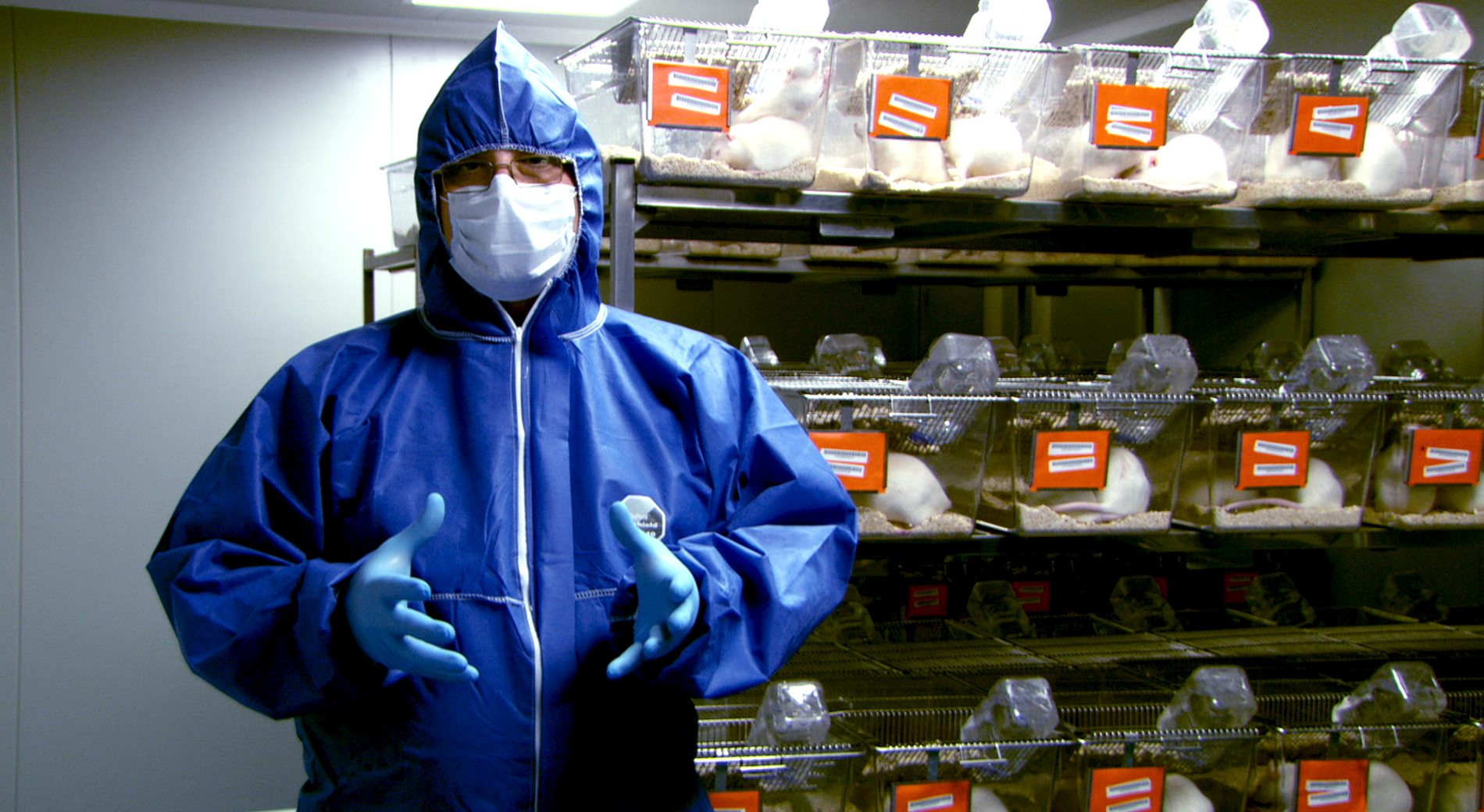More than two years on from the disaster of March 11, 2011, debate continues in the mainstream and social media about the uses of fear to advance agendas. Much of the debate is centered on the environmental crisis surrounding the crippled Fukushima nuclear reactor. On one side are people who say that the region is dangerously irradiated, thus making it uninhabitable for generations. On the other are people who say the danger is minimal and that antinuclear advocates are exaggerating findings in order to scare the public into needlessly rejecting nuclear power.
This struggle was recently exemplified in the reaction to a statement by Sanae Takaichi, the policy chief of the ruling Liberal Democratic Party. Takaichi, in advocating for the restart of nuclear power stations that are currently idle, remarked that no one was killed by the meltdowns of 3/11. Opposition parties and the Fukushima government called her insensitive, saying that some 70 people died as a result of being evacuated after the accident, and she eventually retracted the statement, which nevertheless characterizes the main point of the camp that claims the dangers of the accident have been overstated. A corollary of this point is that it was fear that killed those 70 people, fear exacerbated by excitable and irresponsible media.
But aren't the media supposed to relate circumstances as they happen, as honestly and directly as possible? People who point up the accident as proof that nuclear power can never be safe tend to say that the media were actually too cautious in their reporting of the meltdowns, that they were over-solicitous of the authorities' desire to downplay their seriousness. If the debate remains contentious and unresolvable, it's because of the scientific nature of the issue, which is unknowable in the short term. Radiation is invisible and resilient, its effects only apparent in the long run.



